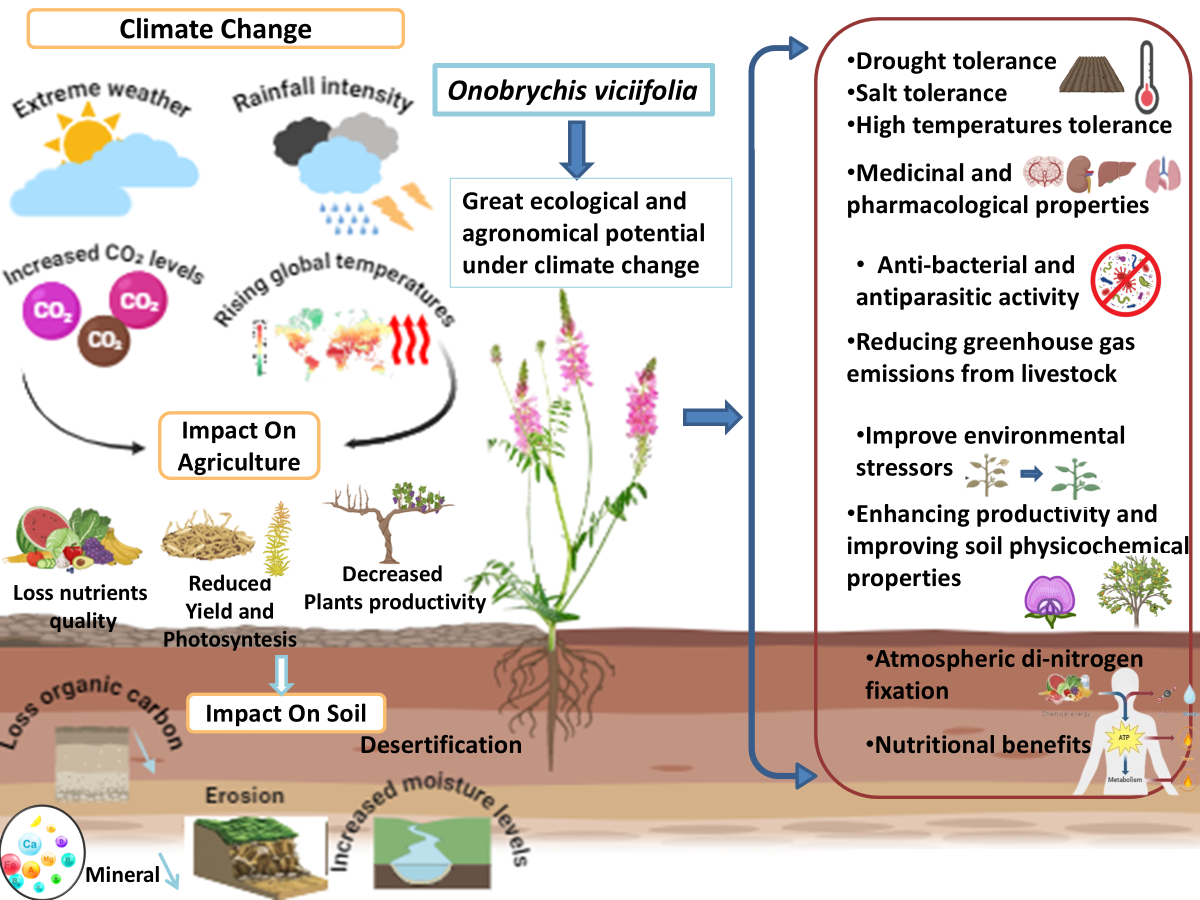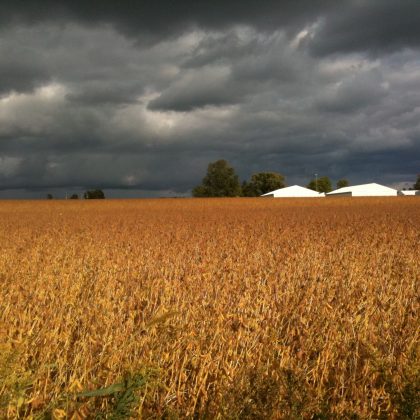Sainfoin: A Climate-Resilient Super Forage for the Future
The paper “Sainfoin (Onobrychis viciifolia) a legume with great ecological and agronomical potential under climate change“, published in The Journal of Agricultural Science, has been chosen as the latest Editorial Highlight and is open access.
As the world copes with the impacts of climate change, sustainable agriculture and resilient crops are more important than ever. Enter Onobrychis viciifolia (commonly known as sainfoin), a versatile forage legume that could be a game-changer for ecosystems and agriculture in the face of rising temperatures and unpredictable weather patterns.
Sainfoin is not just any forage crop; it thrives in arid and semi-arid regions, thanks to its impressive resource of adaptations to environmental stress. This plant has evolved to survive harsh conditions at multiple levels, including its morphology, biochemistry, and physiology. In regions, where water is scarce and temperatures are rising, sainfoin shows its true strength, offering farmers and ecosystems alike a multitude of benefits.

From an agronomic perspective, sainfoin ticks all the right boxes: it has a high nutritive value, is highly palatable, and is easily consumed by grazing animals, boosting performance for milk, meat, honey, and wool production. Additionally, it is not just good for animals; its deep-rooted system helps sequester carbon and nitrogen into the soil, reducing greenhouse gas emissions and contributing to soil health.
Furthermore, the benefits of sainfoin go beyond nutrition. It contains condensed tannins and polyphenols, which have been shown to have anthelmintic properties, making it a natural remedy for parasites in livestock. These compounds also improve protein utilization and prevent bloating, enhancing the overall health and productivity of grazing animals. Ethnobotanical studies reveal even more potential for this remarkable plant. Sainfoin possesses antimicrobial, antiseptic, and vulnerary properties, which could open doors for its use in natural medicine.
As we face the challenges of a changing climate, sainfoin stands out as a crop with immense ecological, agronomic, and nutritional potential. Its ability to support sustainable agriculture while improving animal health and reducing environmental impact makes it a vital player in the future of farming.
With its many benefits, are you ready to explore sainfoin’s potential in your farming practices?
The Journal of Agricultural Science Editorial Highlights are selected by the Editor-in-Chief and are open access’. View the recent selections here.






